Check out what he had to say after the jump.
BONG JOON-HO: Its almost the same.
When you first read this graphic novel, was it something you immediately saw, both visually and cinematically?
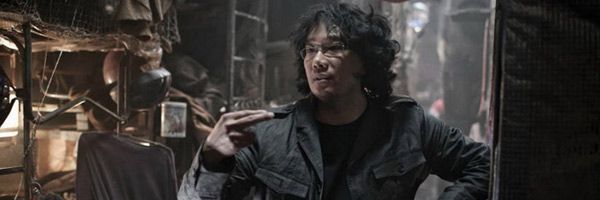
BONG JOON-HO: The very first thing that made me excited was the train.
I could make a train movie with the material.
I liked that contrast.
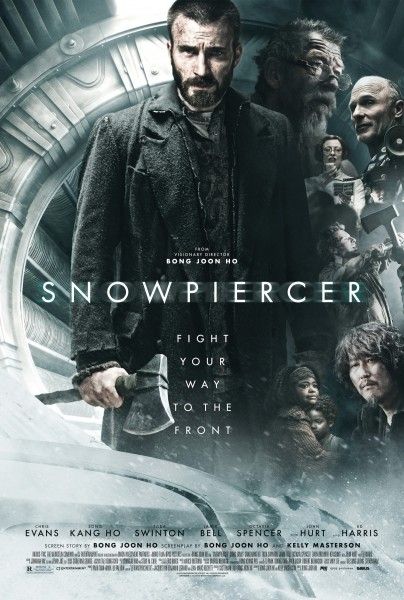
Image via The Weinstein Company
The train has many separated sections.
Every time you open a door and go into another section, its an opportunity to show different worlds.
They are with him, and they experience it simultaneously with him.
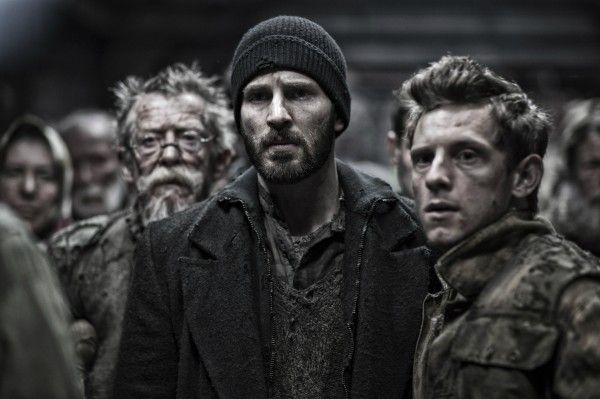
Image via The Weinstein Company
Theres an excitement to that.
Also visually, there are some things, like the greenhouse, that is in the original comic book.
Because the comic book has been published here in the U.S., you might see the differences.
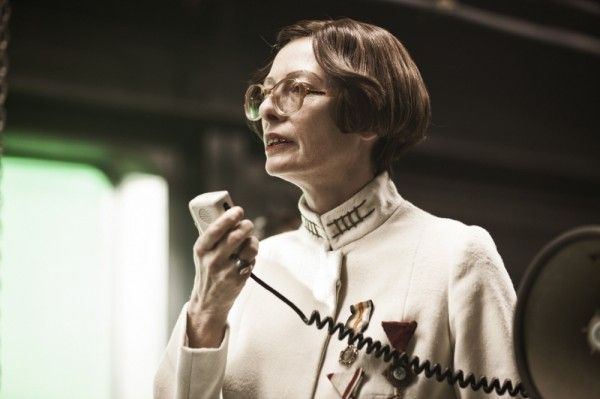
Image via The Weinstein Company
The visuals for the train cars are so powerful, with their underlying social commentary.
I wanted to give that feeling in the train.
It is one train, but you see two different worlds inside of it.
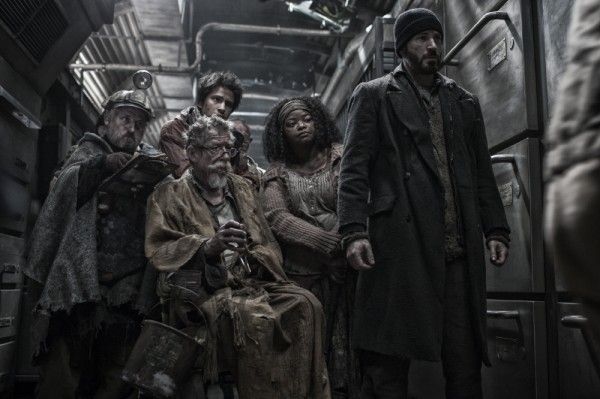
Image via RADiUS-TWC
And then, at the very front is the engine.
The design of the engine is different from the comic book.
So much of this film was shot with practical vs. CG.

How did the gimbal influence your direction?
BONG JOON-HO: Sometimes we felt carsick on set.
On set, I really felt like I was inside of a train.
Also there are no windows in the tail section, so the gimbal is really important.
The sections with the windows, it’s possible for you to see the outside environment passing.
How did you adjust to shooting your first English language film?
BONG JOON-HO: It was not so difficult because we had such great translators on set.
But the very first day of shooting was okay because the Japanese actors and I shared the same emotion.
The interpretation of the script was the same as I wrote it.
It is very tiresome.
It is really about the project and the similarity in emotion about a project.
The language is secondary.
How did you decide on Chris Evans?
Was he someone you were familiar with, or was he suggested to you?
So, he was in between his Marvel projects and was very actively looking for different types of projects.
He heard about this project, and it was a nice mutual attraction.
It was my first English language film, and I got a lot of help from Chris.
Hes a really smart guy, and we had a lot of discussions about the dialogue.
The hardest thing about working with Chris was hiding his muscles.
You spent quite awhile writing this script before shooting it.
Were there any major changes, along the way?
There are 26 different train cars, and they all show different varieties of the world in the film.
I had to shoot that the way it was written.
BONG JOON-HO: I always make my own storyboards, by myself.Snowpiercerwas the same way.
And the final movie is not so different from the original storyboards.
All of your actors talk about what a meticulous director you are and that youre a perfectionist.
BONG JOON-HO: Im a control freak.
Working in Korea, Im used to having full creative control.
Its not an unusual set-up.
Thats just how its been, since Ive been making movies since the late 90s.
Thats the essence of the job.
Its not an arbitrary thing, where you get on set and try this and try that.
Whats next for you?
BONG JOON-HO: I am writing two scripts that are based on my original ideas.
One is a Korean movie, and one is a mixed international co-production.
These two projects are smaller budget, and smaller thanSnowpiercer.
For me,Snowpierceris a big-budget movie.
I hate big-budget movies.
I want to make smaller movies, in the future.
It took four years sinceMotherfor you to makeSnowpiercer.
Do we have to wait another four years for you to make the next film?
BONG JOON-HO: I really want to make movies faster.Snowpiercertook four years because the prep period was very long.
For the rest of my life, Id like to shoot one movie, every two years.
Snowpierceropens in theaters on June 27th.